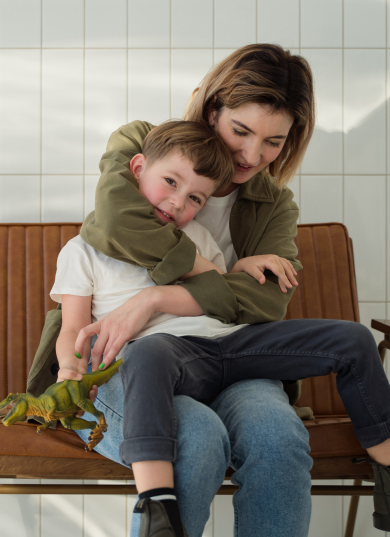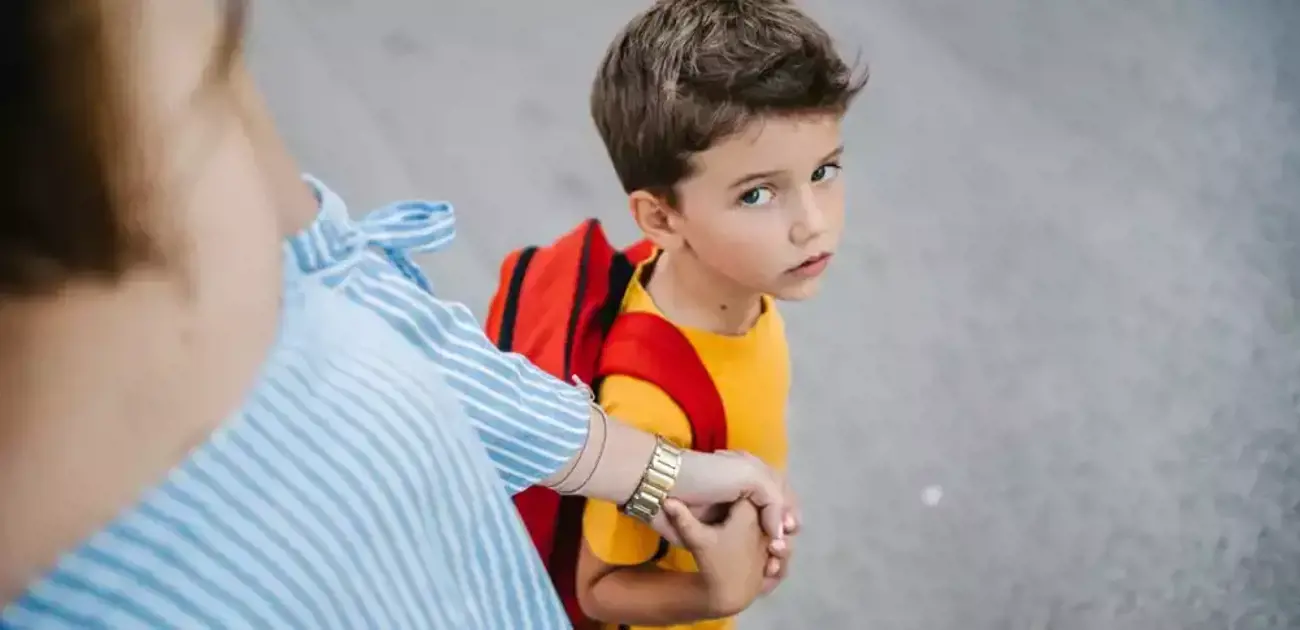Identifying Anxiety in Young Children
As they come across new situations and find their way through the world, children develop anxiety in one form or another. Babies can often fear loud noises, toddlers might fear separation, and preschool children might be afraid of the dark. Usually, the anxiety kids experience comes and goes without lasting too long and the cases are relatively mild. However, for some children the anxiety can be felt more intensely – they might see the world as a much scarier place or they find it difficult to get intense fear under control.
Unfortunately, anxiety is on the rise, with one in six young Australians currently experiencing anxiety disorders. And when anxiety is experienced young, it can affect children throughout their teenage and adult lives.
Anxiety is part of our natural survival instinct. When faced with a threatening situation our body reacts, preparing us to escape. But high levels of anxiety can reduce a person's ability to respond and cope with stressful situations, or even manage everyday events. As well as affecting how someone feels, anxiety can affect a person's mental health, making them think and feel that a situation is much worse than it actually is.
Different Types of Anxiety
There are several forms of anxiety in children:
Social Anxiety Disorder
Anxiety in social situations, where they may be the focus of attention or they need to interact with people. They might avoid social situations, have difficulty joining in activities, or be shy and withdrawn.
Separation Anxiety
Anxiety over being separated from primary caregivers. Primary school-aged children might cry and protest when being separated, or refuse to go to childcare or school.
Generalised Anxiety
Anxiety over a range of everyday things. They might need constant reassurance, worry about school achievements, be afraid of new situations, or feel the need to get everything perfect.
Identifying Anxiety
Anxiety might be missed if a child is quiet, meaning they don't always get the support they need. So, how do you tell if a young child is anxious? Here are a few anxiety symptoms:
-
Physical symptoms: heart racing, muscle tension, sweating, feeling of choking, rapid breathing, restlessness or being easily startled, pins and needles in arms and legs. Recurring headaches or stomach aches, fatigue, and sleeping difficulties.
- Behavioural symptoms: tantrums, shyness, withdrawing from family and friends, avoiding particular situations, clinging to parents, negativity, seeking reassurance, being scared of the dark, preferring to watch rather than having a go, can't go to sleep alone.
What can you do?
Talk. Help your child to talk about their anxiety and how it makes them feel.
Teach. Explain the physical process to them to normalize what they are feeling.
Recognise. Acknowledge the emotion when it happens and help them to identify the feelings – asking your child to show you on their body where they feel it most can help.
Face fears. Avoidance isn't a solution; in fact it tends to make it worse. Help your child to face their anxious feelings and support them with strategies to help them grow from the experience. Avoid taking over when they ask you to do something for them, but instead, support them in doing it alongside you.
Role model. Manage your own anxiety, modelling to your child how to react and showing them it is possible to calmly manage a difficult situation
Be healthy. Ensure your child gets plenty of regular exercise, sufficient sleep and eats a healthy diet and they will be better equipped to handle fears and worries.
Be available. Make sure your child knows they can always come to you if they are feeling anxious or worried, or need support.
Have routine. Some children can become anxious when they don't know what is happening, so having a simple routine that everyone is aware of can help. Have a calendar on the wall for older children, or use regular cues for younger children – such as always blowing an extra kiss goodbye at day care – to make them feel in control.
Stay calm. Calm conversations will always have better results. Even if you are worried or frustrated, your calm approach will dissipate any tension.
Work together. Anxious children can easily feel overwhelmed, but you can help by problem-solving their worries together.
Get help. If you are concerned that your child might be suffering from an anxiety disorder, or you feel that the anxiety is stopping them from enjoying things in life, you can seek help from your GP or talk to a mental health professional.
Helpful resources:
www.beyondblue.org.au
www.kidshelpline.com.au



































